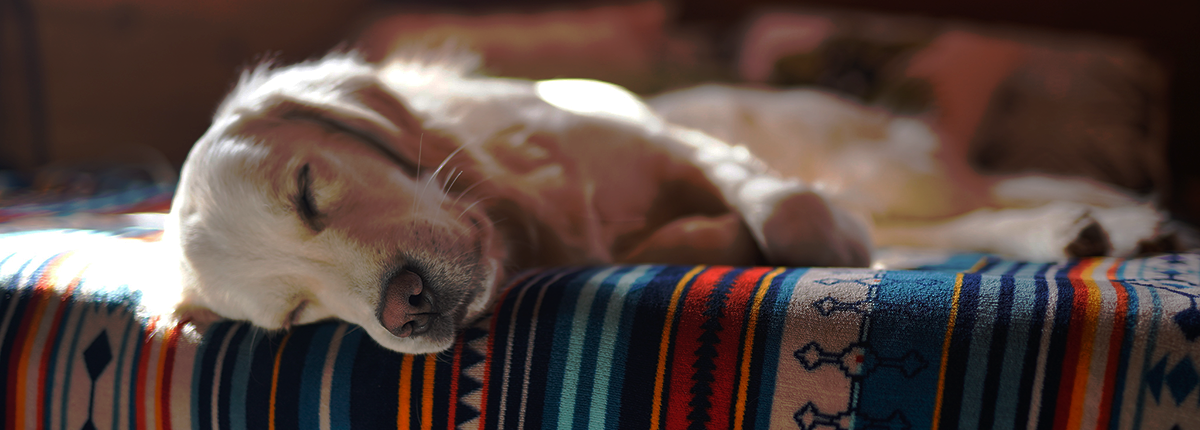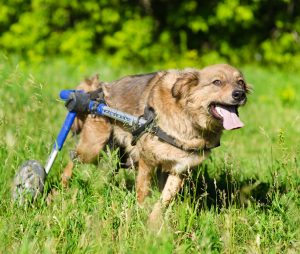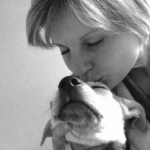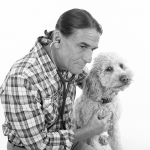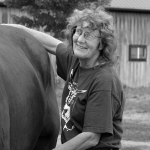Rehabilitation can be beneficial for older dogs and for dogs in hospice care, rehabilitation can also help many other conditions. I have put together what a typical day can look like at a rehabilitation center.
A day in the life of a rehabilitation veterinarian
As a rehabilitation veterinarian, we see many different types of cases every day. This is what a what we will see on a typical day at the rehabilitation center.
Therapeutic laser: Low level laser therapy, also known as cold lasers, are often used for wound healing, pain relief and to decrease inflammation. We saw a dog who had surgery for intervertebral disc disease. We use the laser in specific areas along her back 2-3 times a week until we have reached the recommended number if treatments and we will recheck her afterwards in order to decide if she needs maintenance therapy or can resume activities and be treated on an as needed basis.
Underwater treadmill therapy for a senior dog with arthritis. The dog was also treated with weekly laser therapy, massage and specific therapeutic exercises. The treadmill is a great tool for some dogs because the buoyancy of the water makes it easier for them to walk and the resistance of the water can help with muscle strengthening.
Recheck exam for a dog with history of medial shoulder instability who has been wearing a shoulder brace. The shoulder brace prevents outer movement of the front legs and limits shoulder extension and flexion, which then stabilizes the shoulder while it heals. Multiple recheck exams will be needed in order to assess stability and function and to make a plan for reintroduction to exercises.
Initial consultation for a dog with a torn cranial cruciate ligament, also known as ACL. The pet parents wanted a plan for what is the best way to approach the torn ligament and wanted to make an informed decision for the best way to approach the ligament tear. During the initial evaluation we do a full physical exam including orthopedic and neurologic evaluation. We then get baseline measurements of each joint’s range of motion with a goniometer and assess how the joint feels. We then get muscle size measurements of each leg to compare size and check for any loss of muscle. During the exam we take the pet to a larger area and watch them walk back and forth, we often record the walk and save it to the file as their baseline gait analysis. We watch for how they move, if they are limping or holding a leg up completely. This gives us a good idea of what is bothering the pet, although not every pet has a limp or abnormal gait. We also check their weight distribution on a special stance analysis mat. We stand the pet on a special mat that has sensors underneath and take multiple measurements as they stand still and see if they are favoring one side of the body or a specific limb. We get a baseline number and can reassess at the recheck exam.
Therapeutic exercises for a cat who recovered from a fractured leg. Since the kitty had fallen from a second-floor balcony and fractured her hind leg we helped her recover after surgery. We are managing her pain, working to help her regain her range of motion and helping her with the balance and stability.
These are just a few of examples of what we might see on any given day. We see a variety of cases and it is so rewarding to help these pets regain function and improve their quality of life. There is always something new and exciting walking through our doors.

